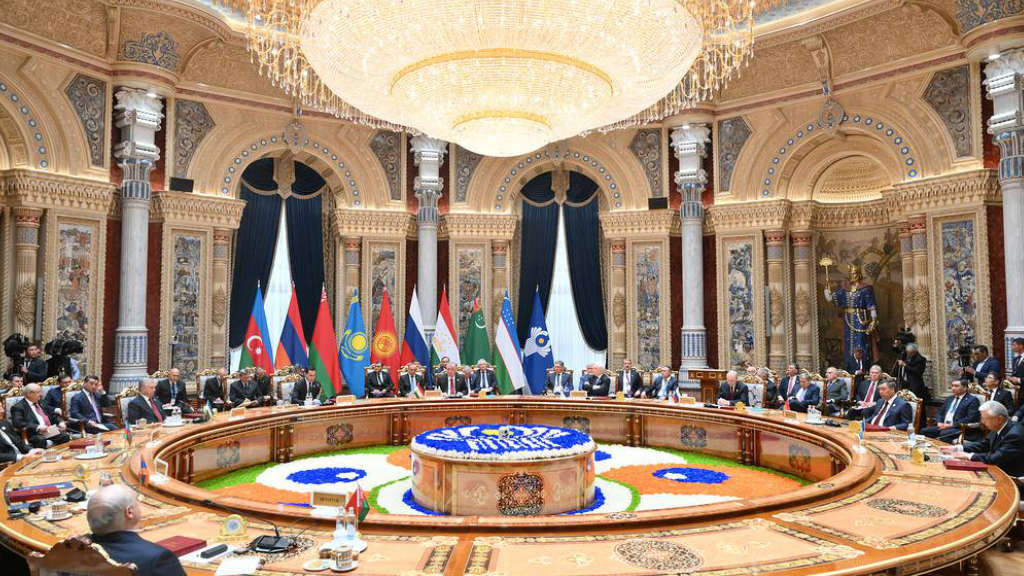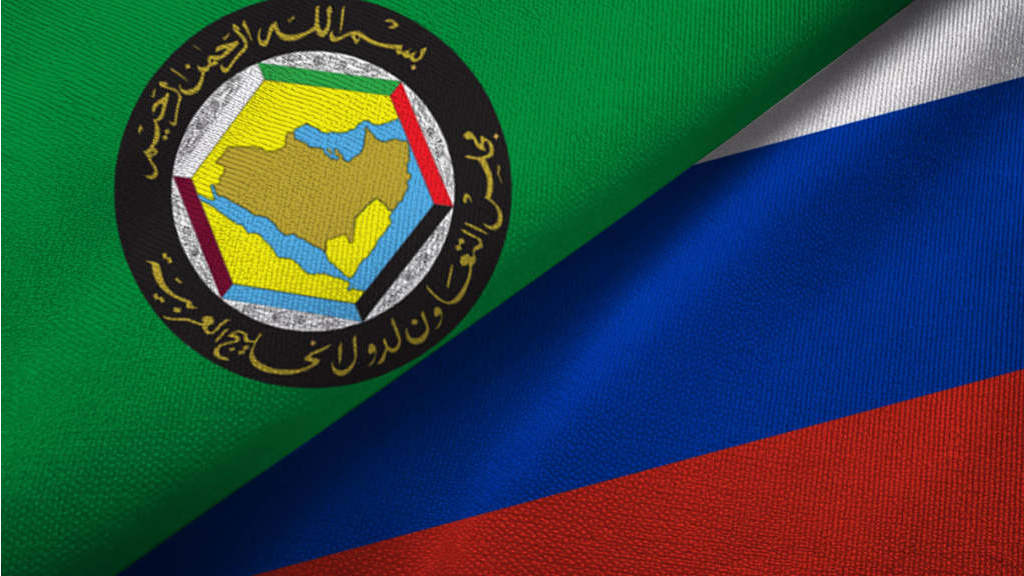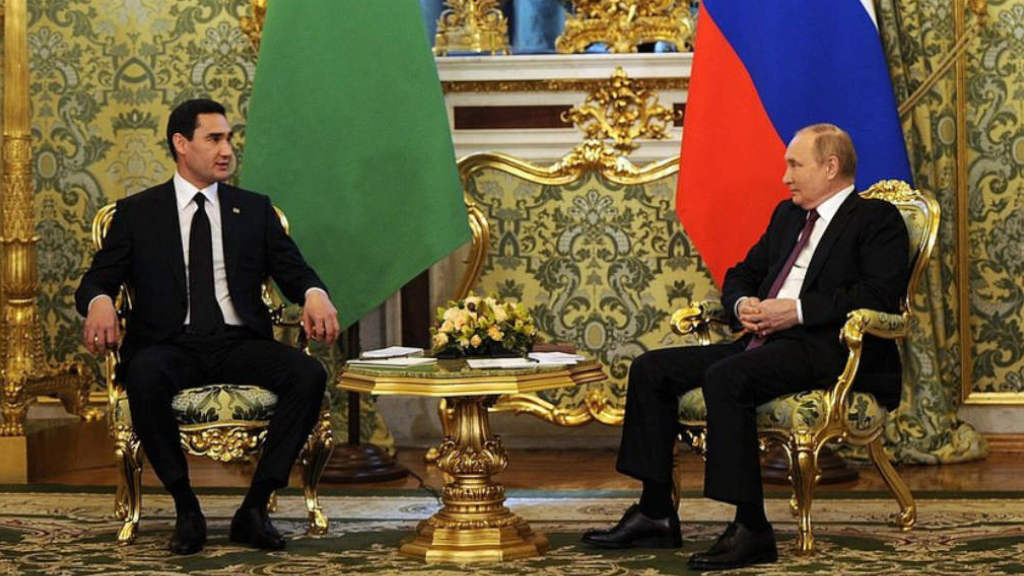The Heads of State of the Commonwealth of Independent States member countries have approved the creation of the CIS Plus platform at the Dushanbe summit, according to a list of documents signed following the summit published by the Kremlin.
In addition to declarations and concepts on security issues—counterterrorism and military cooperation—the leaders also adopted a decision on the establishment of the Commonwealth of Independent States Plus platform.
Earlier, Russian President Vladimir Putin stated that Moscow supports the creation of a new format, as it will allow for more active involvement of other countries and international organizations in cooperation with the CIS. Presidential aide Yury Ushakov described the idea as useful and, if necessary, allowing for the involvement of other countries in resolving specific issues.
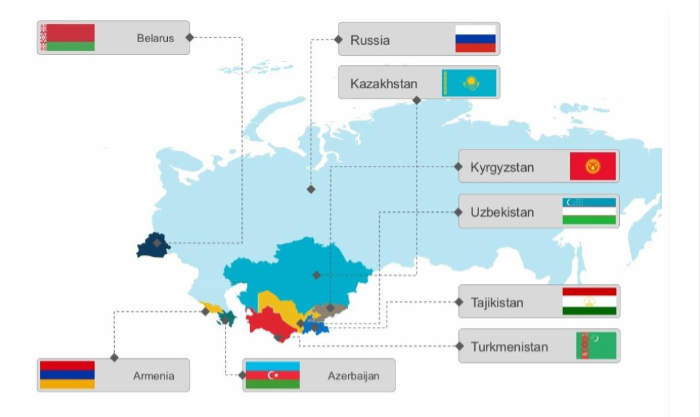
The CIS includes Armenia, Azerbaijan, Belarus, Kazakhstan, Kyrgyzstan, Russia, Tajikistan, Turkmenistan, and Uzbekistan. It is a loose trade association, with members possessing bilateral trade agreements with each other, rather than the bloc as a whole referring to specific tariff agreements. This allows more flexibility for intra-CIS trade on a mutually beneficial, ‘as needed’ basis.
A CIS+ group is likely to include Afghanistan and Iran, along with Mongolia and possibly China, especially regional representatives from Xinjiang Province. Also included could be Pakistan and India as well as Georgia, Syria, Iraq, and Turkiye. The addition of these countries makes sense in the context of the various ‘Middle Corridor’ infrastructure routes currently being developed and allows for increased dialogue in determining regional issues.
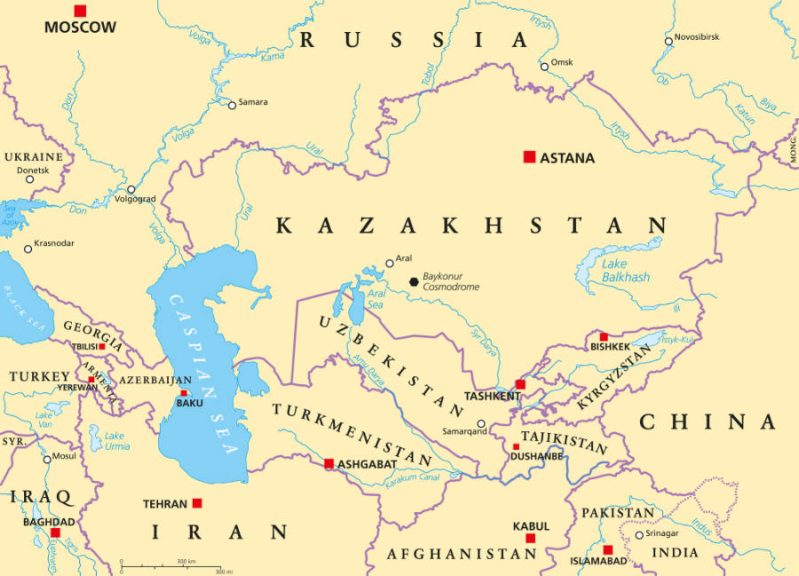
There are several regional groups already in existence; however, these fulfill rather different functions, although to some extent they all have elements of interconnectivity. These include:
Collective Security Treaty Organisation (CSTO)
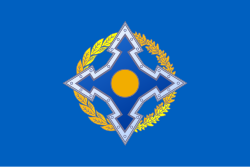
This is a military support group that includes Belarus, Kazakhstan, Kyrgyzstan, Russia, and Tajikistan, providing regional security in the event of problems within any member state. It was last deployed to quell riots in Kazakhstan in 2022. Armenia is also an official member but has recently ceased participation. See also here.
Eurasian Economic Union (EAEU)
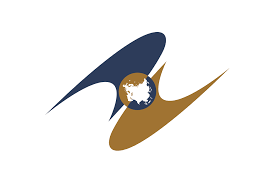
The EAEU is a free trade bloc, with collective tariff systems and an increasingly unified customs system in place. It includes Armenia, Belarus, Kazakhstan, Kyrgyzstan, and Russia, filling a geographic space between Eastern Europe and Western China. It has Free Trade Agreements with China, Serbia, Singapore, Iran, and Vietnam and is negotiating several others, including with India and Indonesia. See also here.
Shanghai Cooperation Organisation (SCO)
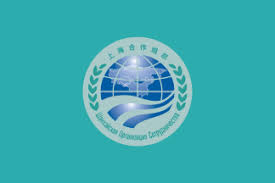
This is a multi-faceted group, originally formed to cater for regional security issues relating to the US occupation of Afghanistan, but now developed into a wider geostrategic bloc including security but also touching on trade, infrastructure development, and humanitarian issues. It includes Belarus, China, India, Iran, Kazakhstan, Kyrgyzstan, Pakistan, Russia, Tajikistan, and Uzbekistan as full members and Afghanistan, Armenia, Azerbaijan, Bahrain, Cambodia, Egypt, Kuwait, Laos, Maldives, Mongolia, Myanmar, Nepal, Qatar, Saudi Arabia, Sri Lanka, Turkiye, Turkmenistan, and the UAE, as well as the ASEAN bloc and the United Nations, as partners. See also here.
BRICS +

BRICS and BRICS+ are global trade groupings that facilitate and promote commerce and related infrastructure developments between their members. It includes Brazil, China, Egypt, Ethiopia, India, Indonesia, Iran, Russia, South Africa, and the UAE as full members, with Belarus, Bolivia, Kazakhstan, Cuba, Malaysia, Nigeria, Thailand, Uganda, Uzbekistan, and Vietnam as partners. It has recently been effective in combatting US tariffs, with members moving to boost free trade with each other in the face of US import barriers. See also here.
Intra-Bloc Cooperation
These groups can and do cooperate. Examples can be seen as concerns the development of energy and logistics here, a Grain Exchange here, provision of satellite data here, regional logistics here amongst numerous other examples.
Summary
The emergence of a CIS+ bloc is of regional importance, as it extends the reach of regional trade, and infrastructure development further into both the Middle East and South Asia, both of which are deeply impacted by what happens in the Central Asian region. Some regional initiatives, such as the International North-South Transport Corridor (INSTC), which Russia is heavily investing in, can be better planned to link up with separate infrastructure projects, such as the China-Pakistan Economic Corridor, the proposed Trans-Afghan railway, the Baku-Kars-Tbilisi project and the China-Kyrgyzstan-Uzbekistan railway. Having a wider regional platform to discuss these projects will lead to greater integration and less room for wasted investment. It also allows for more frequent regional dialogue as regards fringe participants such as Georgia and Mongolia, both of whom retain indirect yet important links to the CIS bloc.
Further Reading
Eurasian Development Bank Puts Cost Of Building Eurasian Transport Network At US$234 Billion

